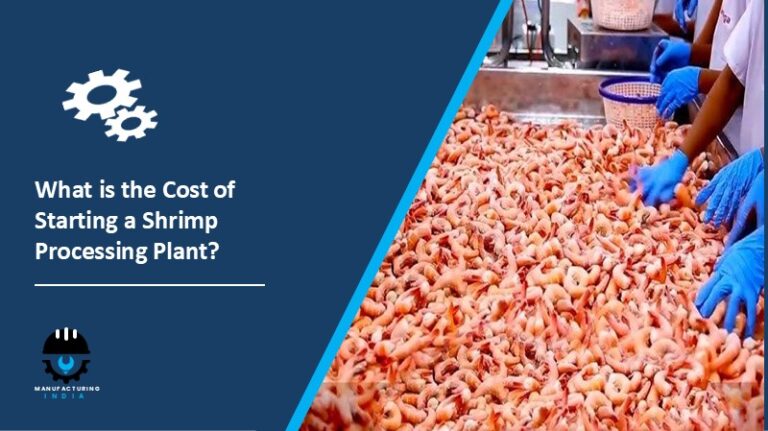
The demand for electric fans continues to grow across residential, commercial, and industrial sectors. With the rise in urbanization, expansion in the construction sector, and increasing need for energy-efficient appliances, starting an electric fan manufacturing plant has become a profitable opportunity for entrepreneurs and investors.
If you’re planning to enter the electrical appliance industry, this step-by-step setup guide will help you understand the essential processes, machinery, infrastructure, and startup requirements for establishing a successful electric fan manufacturing facility.
Step-by-Step Guide to Setup Electric Fan Manufacturing Facility
Step 1: Conduct a Detailed Feasibility Study
Before committing to the project, begin with a thorough feasibility study to evaluate:
- Market demand for ceiling, table, pedestal, wall-mounted, and exhaust fans
- Target customer segments (households, commercial retailers, institutional buyers)
- Competition and pricing trends
- Potential manufacturing capacity and scalability
A feasibility study helps you assess financial viability, resource availability, and long-term growth prospects. It also guides you in selecting the right product mix for maximum profitability.
Step 2: Select an Ideal Location and Plan the Factory Layout
Choosing the right location is crucial for operational efficiency and cost optimization.
What to consider:
- Proximity to suppliers of electrical components, motors, plastic molds, and metal parts
- Good connectivity for transporting finished goods
- Availability of skilled labor and trained technicians
- Access to electricity, water, and industrial utilities
Factory layout should include:
- Raw material storage
- Motor winding and assembly area
- Blade manufacturing zone
- Painting and finishing section
- Quality control lab
- Packaging and dispatch unit
- Administrative office and maintenance rooms
A well-designed layout ensures smooth workflow and reduces production delays.
Step 3: Procure Machinery and Equipment
Electric fan manufacturing requires a combination of mechanical, electrical, and finishing machinery. Depending on your budget and automation level, you can choose semi-automatic or fully automatic equipment.
Essential machinery includes:
- Motor winding machines
- Blade injection molding machines
- Shaft and rotor balancing machines
- Punching and stamping machines
- Welding equipment
- Surface finishing and painting systems
- Assembly line conveyor systems
- Packaging and labeling units
Automation improves speed, consistency, and quality while reducing labor dependency.
Step 4: Source Raw Materials and Components
To manufacture durable, high-performance fans, sourcing quality materials is essential.
Common raw materials and components include:
- Copper or aluminum wire for motor winding
- Plastic granules for blades and outer casing
- Metal sheets for motor housing and brackets
- Bearings, shafts, and rotors
- Capacitors, switches, and power cords
- Paints or powder coatings
- Screws, bolts, and fasteners
Establishing reliable partnerships with raw material suppliers ensures product consistency and cost control.
Step 5: Establish the Production Process
Electric fan manufacturing involves multiple stages—each requiring precision and quality checks.
Typical Process Flow:
- Motor Manufacturing:
Motor winding, rotor-stator assembly, and housing fabrication. - Blade Production:
Injection molding or metal shaping depending on the fan type. - Painting and Finishing:
Surface preparation and coating for durability and aesthetics. - Final Assembly:
Motor, blades, housing, and electrical components are assembled. - Quality Testing:
Checking air delivery, RPM, noise levels, power consumption, and safety. - Packaging:
Fans are packed using protective materials to ensure safe transportation.
Consistency in production ensures reliable fan performance and improves customer satisfaction.
Step 6: Implement Quality Control Systems
High-quality fans require robust quality systems. Quality control ensures that each unit meets performance and safety standards.
Focus on:
- Testing insulation resistance and electrical safety
- Verifying blade balance and smooth rotation
- Conducting thermal and endurance tests
- Inspecting assembly and packaging quality
Adopting ISO-based quality assurance practices helps gain trust among wholesalers, retailers, and export clients.
Step 7: Ensure Regulatory Compliance and Safety
Electric appliances must comply with regulatory guidelines to enter the market.
Compliance may include:
- Electrical safety certifications
- Manufacturing licenses from local and state authorities
- Environmental and waste management regulations
- Worker safety guidelines for machinery and electrical operations
Identifying these requirements early avoids delays during commercial production.
Step 8: Hire and Train Workforce
Your workforce should include:
- Skilled technicians for motor winding
- Machine operators
- Electricians and mechanical engineers
- Quality inspectors
- Packaging and logistics staff
- Administrative and sales team
Regular training helps improve productivity, safety, and product quality.
Step 9: Estimate the Cost of Starting an Electric Fan Plant
Although exact values vary, the major cost components include:
- Land and building development
- Machinery and tool setup
- Raw materials and component procurement
- Labor and training
- Utilities (power, water, HVAC, compressed air)
- Quality testing and certifications
- Marketing, branding, and distribution
- Working capital for day-to-day expenses
The total cost depends on automation, scale, product range, and production capacity.
Step 10: Start Production and Build Your Market Presence
Once setup is complete, begin pilot production and refine operational efficiency. Build your presence through:
- Distributor partnerships
- Retail channel integration
- Online marketplaces
- Corporate and institutional sales
Offering energy-efficient, durable, and stylish fans can help differentiate your brand in a competitive market.
Starting an electric fan manufacturing plant can be a lucrative venture with long-term market potential. By focusing on plant design, quality systems, advanced machinery, and compliance, you can build a competitive operation aligned with modern consumer demands.
A well-executed setup ensures steady growth and profitability in the expanding electrical appliances sector.



